The types of handles used on antique furniture changed throughout history, mainly because of materials that was available, more skilful methods developed to create them and due to ever changing fashions.
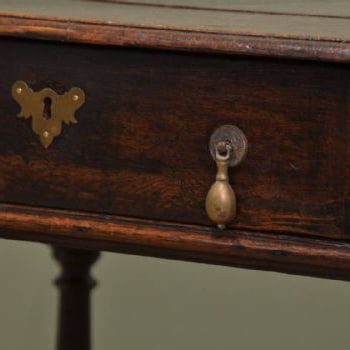
Wooden Knobs were first used on drawer furniture in the seventeenth century oak period until about 1660, when brass drops were introduced. Brass drops rapidly came into use on oak and walnut furniture from 1660-1710 period. The handle on these pulls was linked to a double strip of brass or iron which passes through the drawer front and was then parted and turned over so that each end was pinned to the drawer back.
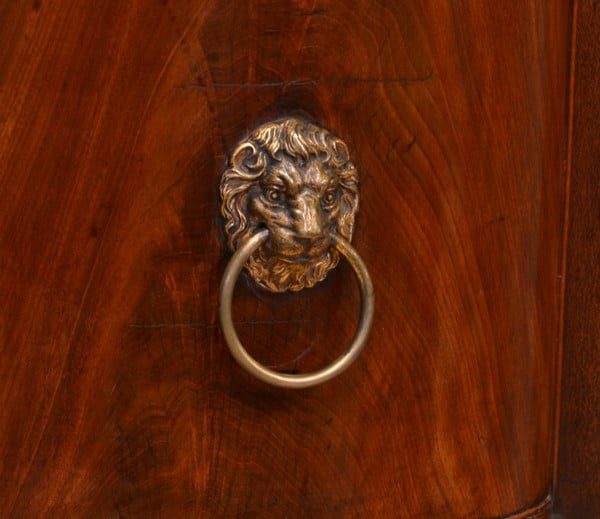
From about 1690 the brass loop handle with solid back plate appeared. The back plate was often shaped and could be engraved and the loop was cast and sometimes moulded. Brass knob shaped sockets on the face of bolts held the loop ends.
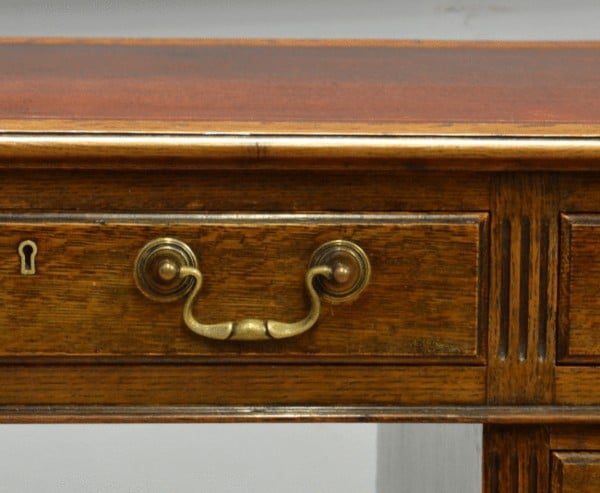
By 1740 the ‘Swan Neck’ handle, which is often associated with cock beaded drawers, had been introduced. This type of handle the loop is thicker and there are merely two metal moulded circular roses behind each bolt head.
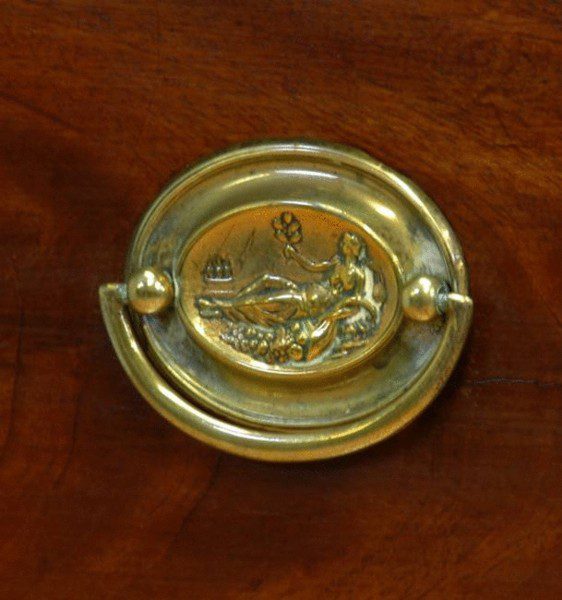
Around 1780 the stamped brass back plate in oval or circular form associated with Hepplewhite or Sheraton furniture came into use. This would be made from thin sheet brass, stamped to shape and hence hollow at the back.
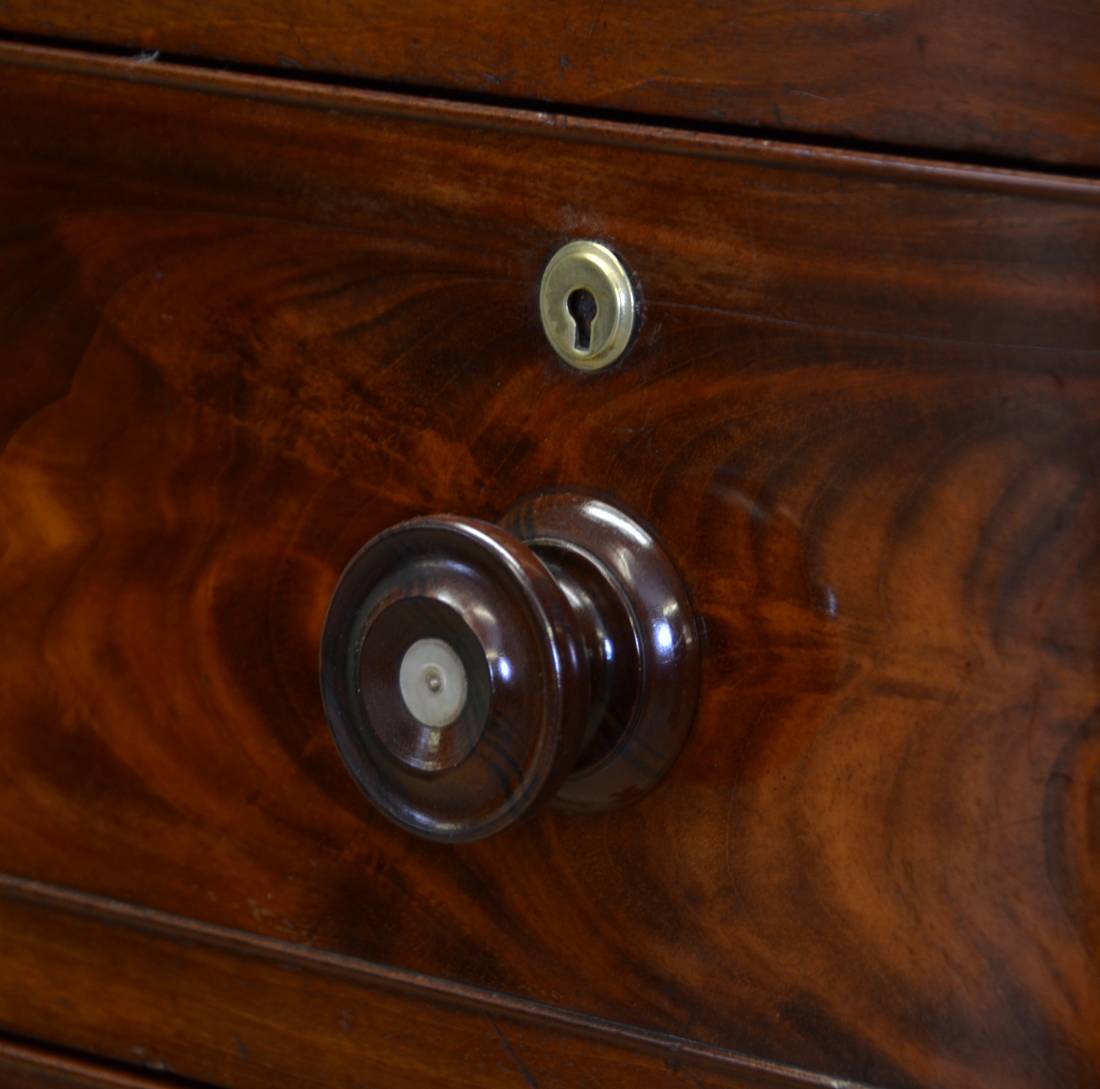
Around the 1800’s the turned wooden knob came into use and by the time the Victorian period had set in, most drawer furniture had wooden knobs of varied simplicity or complication. Some had a simple wooden spigot to fit into the drawer front, some knobs had a wooden threaded screwed spigot and others had a metal bolt put into them.

From about 1880 on-wards, it was necessary to return to brass handles again, although wooden knobs continued to be fitted to ordinary furniture. There was also more elaborate designs such as the Glass Knob appearing on highly decorated and usually carved Victorian Furniture.
